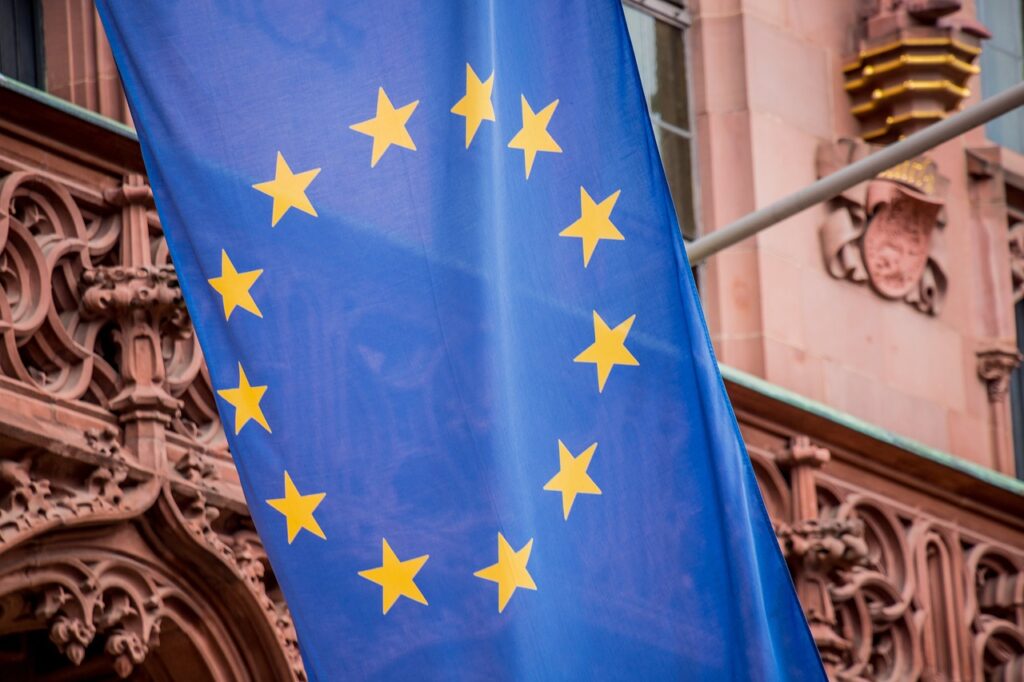As Brussels recalibrates its industrial policy to align climate ambition with economic competitiveness, the circular economy has become the centerpiece of Europe’s next growth model.
The European Commission’s upcoming Circular Economy Act, along with frameworks like the Competitiveness Compass and Clean Industrial Deal, marks a shift from voluntary sustainability to regulatory accountability. Europe’s pursuit of circularity is increasingly defined by one tension: how to scale efficiency without sacrificing competitiveness.
At stake is more than environmental stewardship. According to the European Commission, European industries spend over twice as much on materials as on labor or energy, making circular practices a potential lever for cost reduction and economic resilience. But progress is hindered by regulatory overlap and uneven implementation across sectors and member states.
While consumer products dominate the conversation around eco-design and recycling mandates, industrial circularity, covering machinery, infrastructure, and B2B goods, remains less understood and inconsistently regulated. The Ecodesign for Sustainable Products Regulation (ESPR), intended to enhance product durability and recyclability, often collides with older frameworks such as the Waste from Electrical and Electronic Equipment (WEEE) Directive, which enforces recycling quotas that many manufacturers view as outdated or misaligned.
Stakeholders at the Brussels event warned that a one-size-fits-all model risks penalizing sectors unable to comply with consumer-grade recycling targets. Instead, policymakers were urged to tailor rules to sector realities, acknowledging that industrial circularity depends on remanufacturing, maintenance, and lifecycle extension, not just end-of-life recycling.
Up to 25% of Europe’s greenhouse gas emissions could be mitigated through circular practices, according to Commission estimates. That makes circularity central to decarbonization efforts and the bloc’s broader industrial sovereignty strategy—particularly as geopolitical tensions and volatile commodity prices expose Europe’s dependence on imported raw materials.
Resource Scarcity and Market Volatility
Europe’s dependence on imported materials has long been masked by global trade access. But as Heather Grabbe, senior fellow at the Bruegel think tank, noted, “Europe is a resource-poor continent that has historically compensated through imports. That model is no longer sustainable.” She linked the issue directly to competitiveness: “Volatile commodity prices and import dependencies are key strategic vulnerabilities for the EU.”
Brussels now faces a delicate balancing act—streamlining fragmented legislation while ensuring that circular economy measures enhance, rather than erode, European competitiveness. The challenge is not defining circularity but operationalizing it: embedding it into supply chains, product design, and investment logic without creating regulatory fatigue.
The post EU’s Circular Economy Drive Faces Industrial and Regulatory Crossroads first appeared on www.circularbusinessreview.com.






